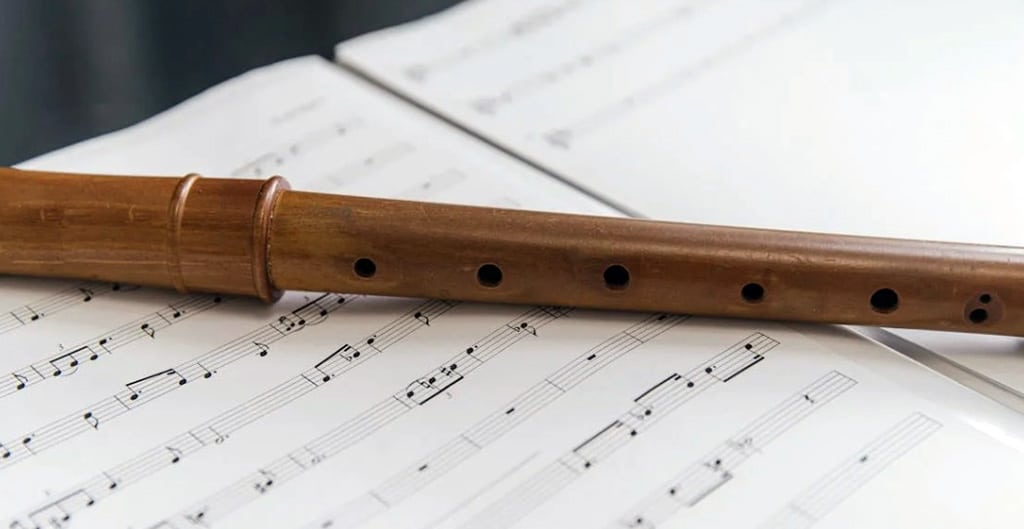Learning to play the recorder starts with understanding how your fingers create different musical notes. A fingering chart recorder shows you exactly where to place your fingers on the instrument’s holes to produce each specific note.
The recorder might look simple with its seven front holes and one thumb hole, but knowing the right finger combinations makes all the difference. You’ll discover how different types of recorders use slightly different fingering patterns and why some techniques work better than others.
Whether you’re a complete beginner or helping someone else learn, mastering these finger positions opens up a world of beautiful music. You’ll explore everything from basic note patterns to advanced playing techniques that make your recorder sound truly amazing.
What Is a Fingering Chart Recorder?
A fingering chart recorder is a visual guide that shows you which holes to cover on your recorder to play specific notes. These charts help both beginners and advanced players learn proper finger placement for creating beautiful music.
Definition and Purpose
A fingering chart recorder displays pictures or diagrams of recorder holes with filled-in circles showing which holes you should cover. The empty circles show which holes to leave open for each note.
These charts work like a map for your fingers. They guide you to the right finger positions so you can play the correct pitch every time.
Most charts use a simple system with circles arranged vertically. The top circle represents the thumb hole on the back of your recorder. The other circles show the finger holes on the front.
You’ll find these charts incredibly helpful when learning new songs. They take the guesswork out of finger placement and speed up your learning process.
Aulos 503B Symphony
Descant Recorder

COMES WITH: Starter package
FEATURES: Adjustable thumb rest and curved windway for extra comfort
Aulos 503B Symphony
Descant Recorder
- Made from hard wearing ABS resin.
- Ivory coloured mouthpiece, rings and footjoint are visually appealing.
- Free blowing sound
- Excellent tuning for a starter model
- The concave bell helps to produce a clear and resonant sound. This is a step up from a budget recorder but is still a very affordable option.
- Can look a little serious for kids
When you click ‘Check Price’, you’ll see there are loads of great places to buy this item. Our personal favorite is Sweetwater for the US, and Thomann and Gear4Music for the UK & Europe.
They are the largest music retailers, with excellent customer service, competitive prices, really fast shipping, and the longest guarantees.
The professional musician who wrote this article combined many things,
from the product build, manufacturer’s reputation through to feedback
from other users, to create our famous TedScore™.
Brief History of Recorder Fingering Charts
Recorder fingering systems have evolved over centuries. The Baroque fingering system developed in the 1600s and remains popular today in schools and music programs.
German fingering emerged later as an alternative system. It changes the size relationship between the third and fourth holes from the bottom compared to Baroque recorders.
Modern fingering charts became widespread with the recorder revival in the 20th century. Music educators created standardized visual guides to help students learn more effectively.
Today’s charts include multiple fingering systems and cover all recorder sizes. They’re available in print, digital formats, and interactive online tools that make learning even easier.
Types of Recorder Instruments
Soprano recorders are the most common type you’ll encounter. Most fingering charts focus on soprano recorders because they’re used in schools and beginner programs.
Alto recorders use the same fingering patterns as soprano recorders. However, the actual note names change because alto recorders are pitched differently.
Tenor recorders follow soprano fingering patterns too. They sound an octave lower than soprano recorders but use identical finger positions.
Other sizes include sopranino, bass, and great bass recorders. Each size uses similar fingering principles but produces different pitches based on the instrument’s length and bore size.
Fingering charts often specify which recorder type they cover. Some comprehensive charts show fingerings for multiple recorder sizes on the same page for easy comparison.
Thomann TRS-21G Soprano Recorder
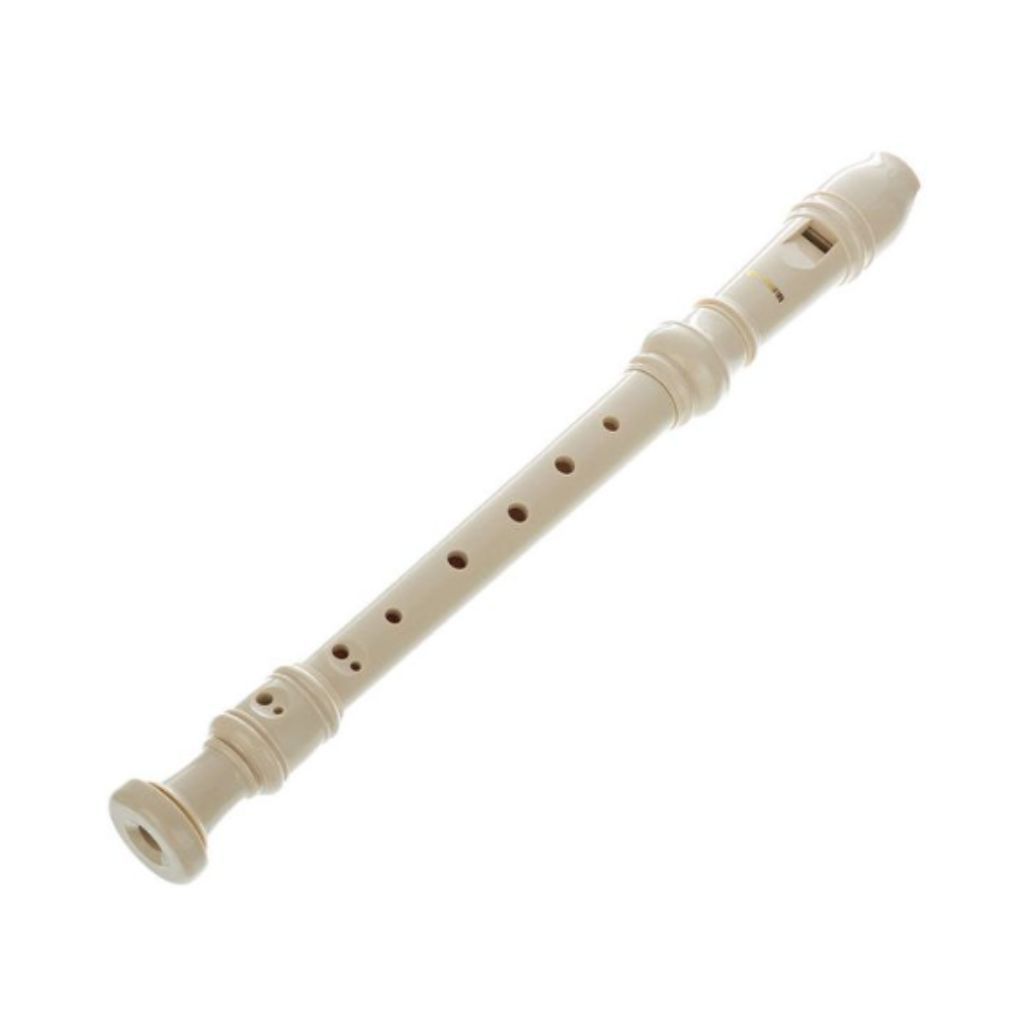
FEATURES: Double-hole German fingering.
OTHER INFO: Made from ABS Plastic.
- Affordable price.
- It may offer a different tonal quality than wooden recorders.
When you click ‘Check Price’, you’ll see there are loads of great places to buy this item. Our personal favorite is Sweetwater for the US, and Thomann and Gear4Music for the UK & Europe.
They are the largest music retailers, with excellent customer service, competitive prices, really fast shipping, and the longest guarantees.
The professional musician who wrote this article combined many things,
from the product build, manufacturer’s reputation through to feedback
from other users, to create our famous TedScore™.
Understanding Recorder Fingering
Learning recorder fingering involves mastering basic hole coverage patterns, reading visual charts that show finger positions, and understanding the differences between English and German fingering systems.
Basic Fingering Principles
Recorder fingering works by covering and uncovering holes to change the pitch of notes. Your left hand goes on top, covering the thumb hole and the first three finger holes.
Your right hand covers the bottom four holes. Each finger should use its soft pad, not the fingertip, to completely seal the holes.
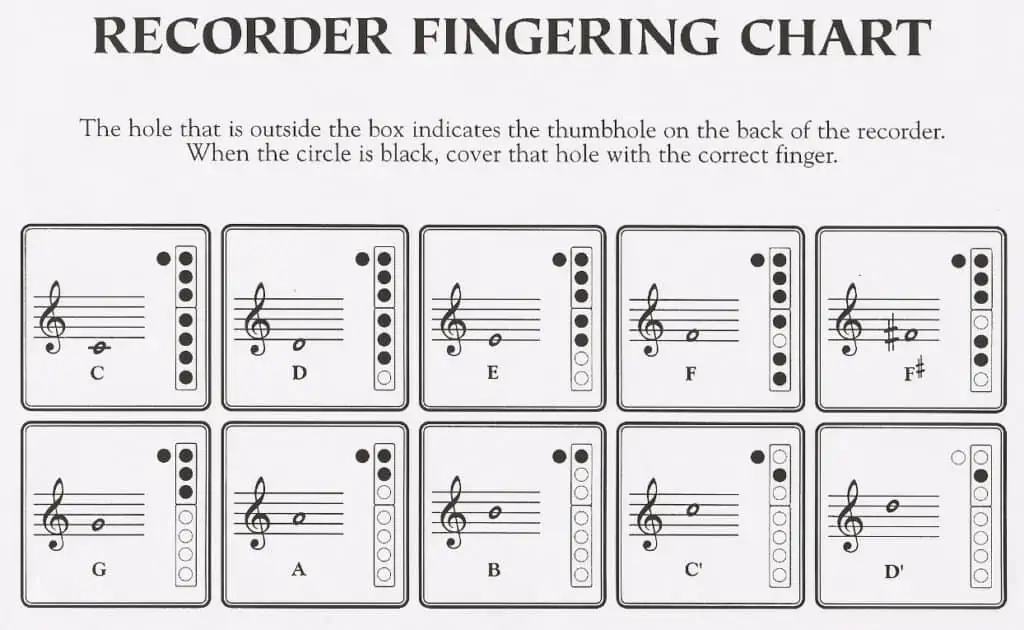
The basic principle follows a pattern where you start with all holes covered for the lowest note. You then lift fingers from the bottom up to create higher pitches.
Most beginner notes use simple patterns. For example, covering just the thumb hole and first finger gives you the note B.
Proper hand position is crucial. Keep your fingers curved and relaxed. Your thumbs should support the recorder from behind while covering the thumb hole when needed.
How to Read a Fingering Chart
A fingering chart shows circles or dots that represent the holes on your recorder. Black circles mean cover the hole completely. White or empty circles mean leave the hole open.
The chart typically shows holes in order from top to bottom. The top circle represents the thumb hole on the back of the recorder.
Many charts use numbers to label each hole. This makes it easy to describe fingerings by saying which numbered holes to cover.
Half-covered holes appear as half-black circles. These create specific notes and require practice to master. You partially cover the hole to get the right sound.
Some charts show the musical note name next to each fingering pattern. This helps you connect the finger position to the actual note you’re playing.
English vs. German Fingering Systems
The main difference between English and German systems lies in the size of the fourth and fifth holes from the top. German recorders have a larger fourth hole and smaller fifth hole.
English recorders reverse this pattern with a smaller fourth hole and larger fifth hole. This affects how you play certain notes, especially F and F-sharp.
German fingering is more common in schools. It makes some beginner notes easier to play and produces a clearer sound for basic melodies.
English fingering offers better intonation for advanced playing. Professional players often prefer this system for its more accurate pitch relationships.
Most fingering charts specify which system they use. Make sure your chart matches your recorder type for the best results.
Guide to Using Recorder Fingering Charts
Reading recorder fingering charts becomes simple once you understand the basic symbols and layout. These charts show you exactly where to place your fingers for each note, whether you’re using printed guides or interactive digital tools.
Step-by-Step Instructions for Beginners
Start by holding your recorder with your left hand on top and right hand below. Place your left thumb on the back hole and your other fingers over the top three holes.
Your right hand covers the bottom four holes. Keep your fingers curved and relaxed, like you’re holding a small ball.
Look at the fingering chart and find the note you want to play. The chart shows black dots for covered holes and white circles for open holes.
Practice this simple process:
- Find your note on the chart
- Cover the holes shown as black dots
- Leave open any holes shown as white circles
- Blow gently into the mouthpiece
Start with basic notes like B, A, and G. These use simple finger patterns that help you get comfortable with the recorder.
Common Symbols and Notation
Most fingering charts use the same basic symbols. Black dots mean you cover the hole completely with your fingertip.
White circles show holes you leave open. Half-filled circles mean you partially cover the hole, which creates different sounds.
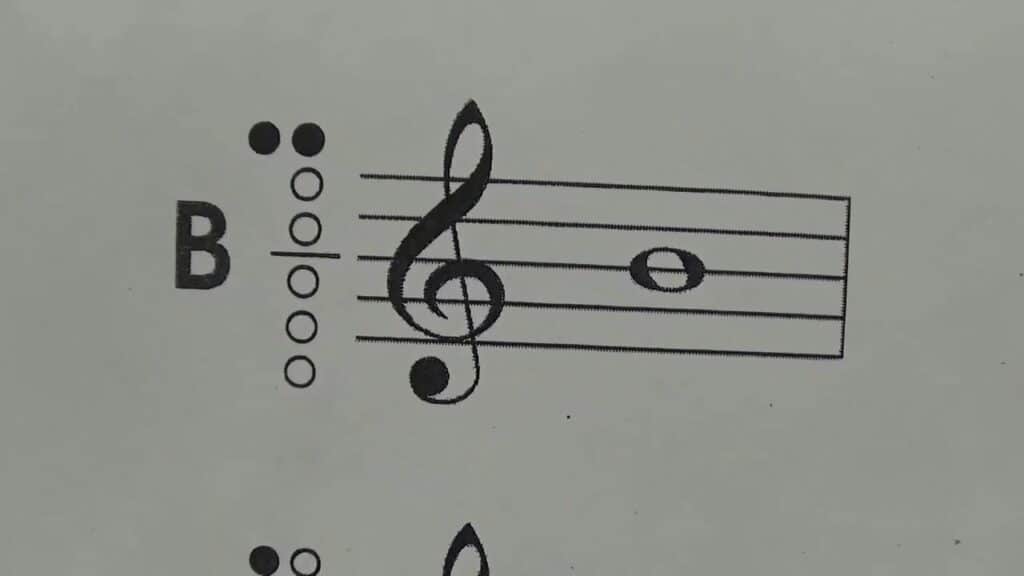
Some charts use numbers instead of dots. Number 1 means your pointer finger, 2 is your middle finger, and so on.
The thumb hole appears separately on most charts. It’s usually shown as a circle on the left side or back of the diagram.
Letters below each diagram tell you which note you’re playing. Sharp notes (#) and flat notes (♭) have special fingering patterns.
Fingering for Different Recorder Ranges
Recorder fingerings change based on which octave you’re playing and what type of sound you want. Each range requires different finger combinations and techniques to produce clear, accurate notes.
First Octave Fingerings
The first octave covers your basic notes from low C to middle C on a soprano recorder. These fingerings form the foundation of all recorder playing.
You start with your thumb covering the back hole and your index finger on the first front hole for the note C. For D, you lift your index finger while keeping your thumb in place.
The note E uses just your thumb on the back hole. F requires your thumb plus your index and middle fingers on the first two holes.
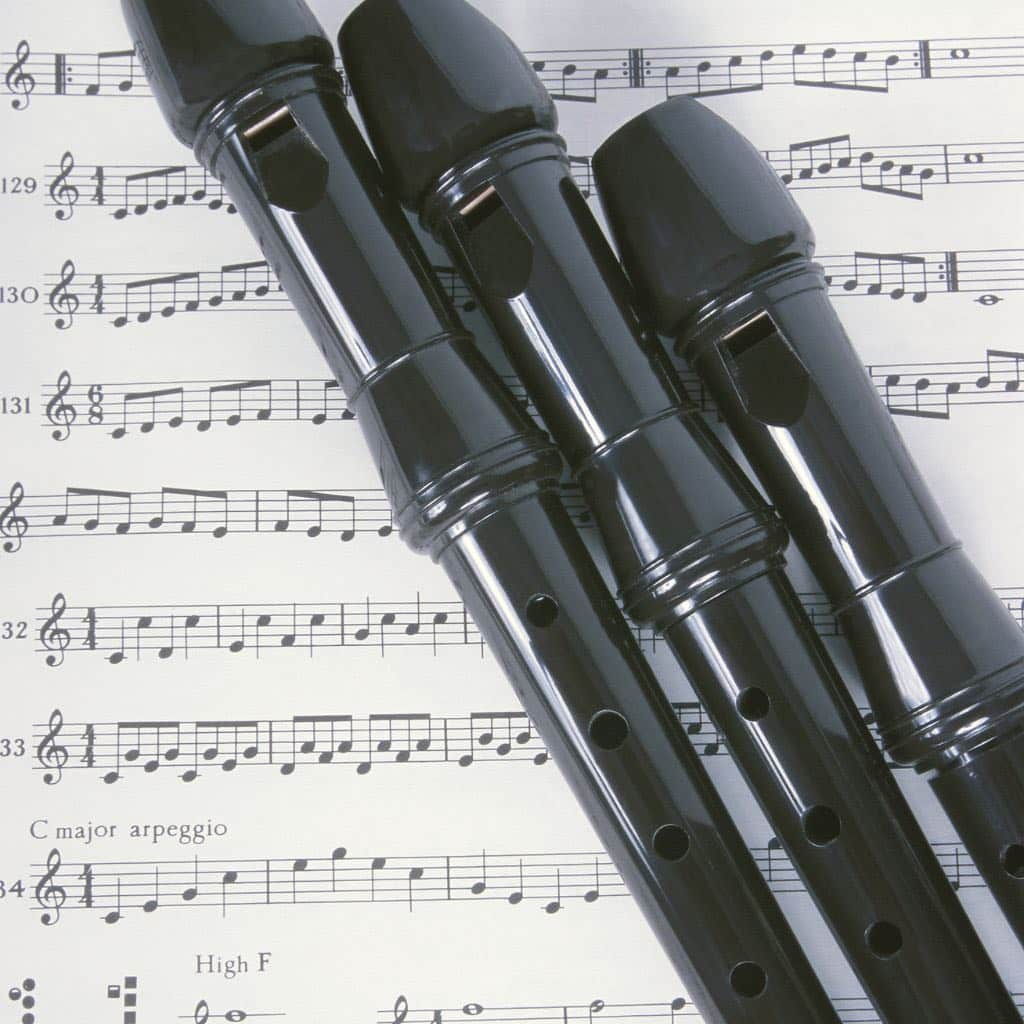
G needs your thumb and the first three fingers covering holes one through three. A uses your thumb and all four fingers on the front holes.
B requires your thumb and fingers on holes one, two, three, and five. The seventh hole stays open for this note.
These basic fingerings work the same way on alto recorders. The only difference is that the actual pitch sounds different because alto recorders are tuned to F instead of C.
Alternate Fingerings for Common Notes
Some notes have multiple fingering options that work better in different situations. These alternate fingerings help with smooth playing and better tone quality.
The note F sharp has at least three different fingerings you can use. The most common uses your thumb plus fingers one and three.
High notes often need alternate fingerings to sound clear. High E can use either a forked fingering or a pinched thumb technique.
Some fingerings work better when you’re playing fast passages. Others give you a stronger, clearer tone for slow music.
Alternate fingerings also help when you’re moving between difficult note combinations. They make smooth transitions easier and reduce awkward finger movements.
You should learn the basic fingering first for each note. Then add alternate options as your playing skills improve.
Nuvo Recorder+

COMES WITH: Starter package
FEATURES: Great dynamic range and a beautiful tone across all registers
Nuvo Recorder+
- Available in a variety of woods to suit different budgets.
- Great value for wooden recorders
- Well respected design.
- Excellent tuning for a starter model
- Great for ensemble and solo performances due to their resonant sound.
- Pricey for new starters
When you click ‘Check Price’, you’ll see there are loads of great places to buy this item. Our personal favorite is Sweetwater for the US, and Thomann and Gear4Music for the UK & Europe.
They are the largest music retailers, with excellent customer service, competitive prices, really fast shipping, and the longest guarantees.
The professional musician who wrote this article combined many things,
from the product build, manufacturer’s reputation through to feedback
from other users, to create our famous TedScore™.
Chromatic and Trill Fingerings
Chromatic notes include all the sharps and flats between the natural notes. These fingerings are often more complex than basic notes.
Most sharp and flat notes use forked fingerings. This means you cover some holes while leaving others open in between them.
F sharp uses your thumb and fingers one and three while leaving hole two open. B flat needs your thumb and finger one only.
Trill fingerings let you quickly alternate between two notes. They use special finger combinations that make rapid changes possible.
For a C to D trill, you keep most fingers steady and just move one finger quickly. This creates the back-and-forth sound effect.
These advanced fingerings take more practice than basic notes. Start slowly and build up speed as your fingers get used to the movements.
Application in Learning and Teaching
Fingering chart recorders serve as powerful tools that transform how students learn and teachers instruct. These resources make note positions visual and accessible, helping both beginners and advanced players master proper finger placement.
Developing Note Fluency
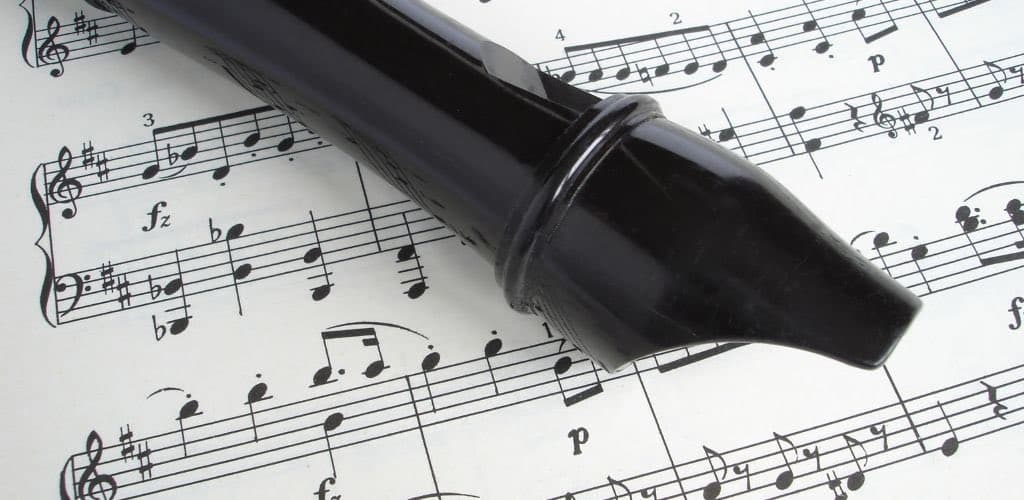
Regular use of fingering charts helps you recognize note patterns faster. You’ll start to see how similar notes relate to each other on the recorder.
Practice moving between notes using your chart as a guide. Focus on smooth transitions rather than speed at first. This builds proper technique from the start.
Apps with sound features let you hear each note as you practice the fingering. This connects the visual chart with the actual sound you should produce.
Set small goals like learning three new notes per week. Use your fingering chart to practice these notes until they become automatic.
Tips for Mastering Recorder Fingering
Learning proper recorder fingering takes practice and patience. The most important steps include fixing common mistakes, practicing specific exercises, and understanding how fingering changes between different recorder sizes.
Troubleshooting Common Mistakes
Your thumb placement on the back hole makes a huge difference in sound quality. Many beginners press too hard or cover the hole completely when they should use light pressure.
Check that you’re covering the holes with your fingertips, not the flat parts of your fingers. Your fingers should curve naturally over each hole.
Common finger placement errors:
- Using fingertips instead of finger pads
- Pressing too hard on holes
- Leaving small gaps around covered holes
- Forgetting to lift fingers completely for open holes
Air leaks happen when you don’t seal holes properly. Even tiny gaps will make notes sound weak or airy.
Keep your wrists relaxed and straight. Tense hands make it harder to move quickly between notes and cause fatigue.
Improving Technique With Exercises
Start with simple three-note patterns using B, A, and G. These notes use the easiest fingerings on your recorder fingering chart.
Practice lifting and placing one finger at a time slowly. This builds muscle memory for each hole position.
Daily practice routine:
- 5 minutes of slow scales
- 3 minutes of finger lifting exercises
- 2 minutes of quick note changes
Use a metronome to keep steady timing as you change between notes. Start slow and gradually increase speed.
Try playing scales without looking at your fingers. This helps you rely on touch instead of sight.
Practice difficult finger combinations repeatedly. Focus on smooth transitions rather than speed at first.
Transitioning Between Recorder Sizes
Soprano and alto recorders use the same finger patterns but produce different pitches. Your muscle memory transfers directly between these sizes.
Alto recorders have larger holes that require slightly more finger coverage. Adjust your hand position to reach all holes comfortably.
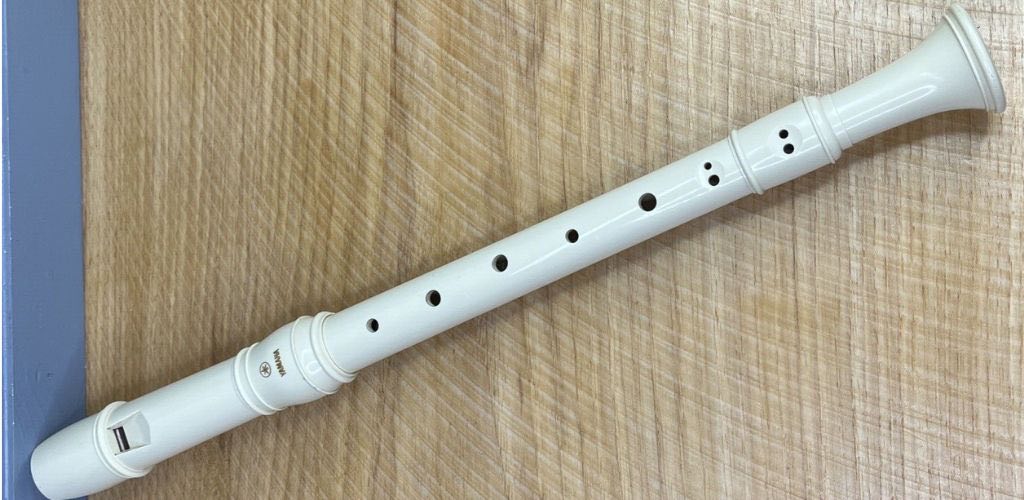
The fingering chart patterns stay the same across recorder types. Only the actual note names change when you switch sizes.
Size comparison tips:
- Soprano: Smallest holes, highest pitch
- Alto: Medium holes, lower pitch
- Tenor: Larger stretch, same patterns as soprano
Your hand position might feel awkward when switching sizes. Give yourself time to adjust to the new spacing.
Practice the same songs on different recorder sizes. This reinforces that fingering patterns remain consistent across instruments.
Advanced Techniques and Resources
Professional recorder players need specialized fingering charts and alternative techniques to master complex pieces. These resources help you explore unique sounds and expand your musical abilities.
Resources for Professional Players
Advanced players benefit from comprehensive fingering databases that go beyond basic charts. Blockis Recorder Fingerings offers the most complete collection available online.
This resource includes English, German, and Ganassi fingering systems. You’ll find Renaissance fingerings and trill techniques for all recorder sizes.
The database covers multiple alternative fingerings for each note. This gives you options for difficult passages and smoother transitions.
Prescott Workshop provides compact fingering charts in printable PDF format. These are perfect for practice sessions and performances.
Many professional resources offer fingerings in multiple languages. This helps you access international teaching methods and techniques.
Exploring Alternative Fingerings
Alternative fingerings help you achieve better intonation and smoother playing. Different fingering systems produce varied tonal colors and dynamics.
Trill fingerings create ornamental effects in baroque and renaissance music. These specialized techniques require practice but add authentic period style.
Cross-fingerings produce chromatic notes and microtones. You can use these for contemporary pieces that require extended techniques.
Fork fingerings offer different timbres for the same pitch. This lets you match tone colors across different registers.
Some fingerings work better for fast passages. Others provide stronger projection for solo performances.
Expanding Repertoire With Fingering Charts
Interactive fingering charts help you tackle challenging repertoire. These tools show multiple options for difficult note combinations.
Flashcards and pattern exercises build muscle memory for complex fingerings. Regular practice with these tools improves your technical skills.
Advanced fingering charts include special techniques like multiphonics. These extended techniques open up contemporary classical works.
You can use fingering charts to learn pieces in different keys. This expands your repertoire beyond standard recorder keys.
Charts that show both alto and soprano fingerings help you switch between instruments. This flexibility makes you a more versatile player.
Learning to read fingering charts and master different recorder positions can feel confusing at first. These common questions cover chart reading basics, specific finger positions for different recorders, and practice techniques to improve your playing.
FAQ's
Start by understanding that the chart shows seven holes in a row for the front of your recorder. The single hole on the left represents the thumb hole on the back.
Look for holes that are colored black, white, or a combination of both. Black holes mean you cover them completely with your fingertips.
White holes stay open and uncovered. When you see a half-black, half-white hole, you only partially cover it.
The thumb hole often shows as half-open in charts. This doesn’t mean half-covered in the literal sense – just crack it open a tiny bit.
The soprano recorder uses simple patterns that you can learn step by step. Start with low notes that use more fingers, then work up to high notes with fewer fingers covered.
For the note B, cover the thumb hole and the first finger hole. A uses the thumb plus the first two holes.
G requires your thumb and the first three finger holes. These basic positions form the foundation for all other notes.
Practice these three notes first before moving to more complex fingerings. Your muscle memory will develop quickly with daily practice.
The fingering patterns stay exactly the same as soprano recorder. Only the note names change when you switch to alto.
If you already know soprano fingerings, you can apply the same finger positions. The alto just produces different pitches with identical hand movements.
Start with the same basic three-note pattern you learned on soprano. Your fingers will feel comfortable since the technique transfers directly.
Focus on the new note names rather than learning completely different fingerings. This makes the transition much easier.
Soprano and tenor recorders use identical fingering patterns. You can switch between them without learning new finger positions.
The main difference is that tenor recorders play the same notes as soprano. Both use the same fingering charts and hand positions.
Your muscle memory transfers perfectly from one instrument to the other. The spacing between holes might feel slightly different due to size.
Practice on whichever recorder feels more comfortable in your hands. The skills you build will work on both instruments.
Start by practicing finger movements without blowing into the recorder. This lets you focus completely on smooth hand motions.
Practice moving between two notes repeatedly until your fingers move automatically. Then add a third note to the pattern.
Keep your fingers close to the holes even when they’re not covering them. This reduces the distance your fingers need to travel.
Use slow, steady practice sessions rather than trying to play fast right away. Speed comes naturally after you master the movements.
Online resources offer comprehensive bass recorder fingering charts. The American Recorder Society provides charts for all recorder family members including bass.
Interactive fingering charts show both visual finger positions and play the actual sounds. These help you learn bass recorder fingerings more effectively.
Many websites offer printable PDF charts you can use during practice. Look for charts that show multiple fingering options for the same note.
Bass recorders follow similar patterns to other recorders but may have additional keys. Check with your specific instrument manufacturer for the most accurate chart.


